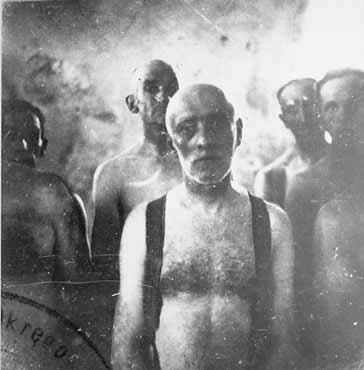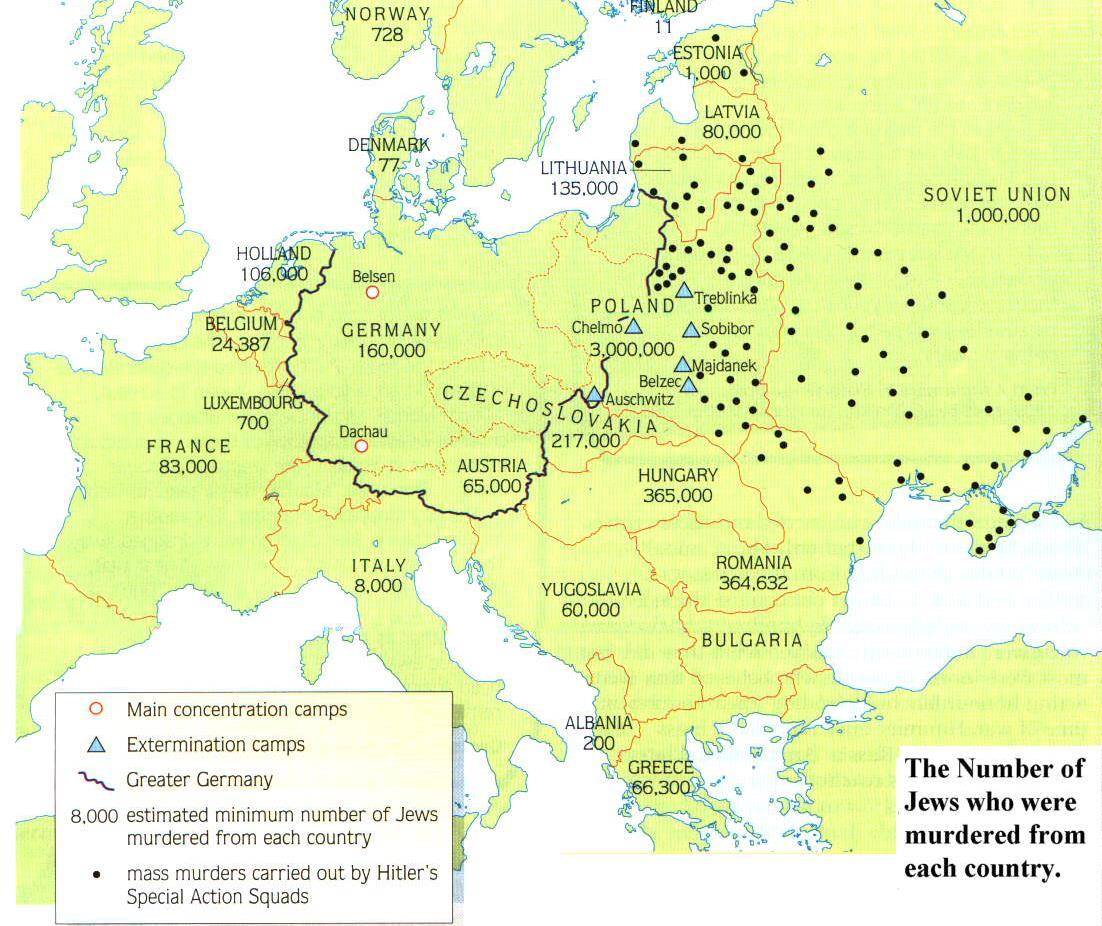
6 minute read
The Holocaust - A History That Should Not Be Forgotten
O temă istorică poate fi abordată interdisciplinar, ea se poate concretiza în activităţi diverse, aplicându-se metode activ-participative care solicită implicarea elevilor. Astfel ei vor fi interesaţi, stimulaţi intelectual, devenind conştienţi de realităţile trecutului şi încercând să evite greşelile. Participarea diverşilor parteneri a avut un efect benefic, elevii de gimnaziu.

Advertisement
Prof. Buliga Nicoleta Georgeta Tehnological High School ,,Nicanor Moroșan” Pârteștii De Jos
Project name: The Holocaust - A Story Not To Be Forgotten Type of program: extracurricular activity Target group: middle school students, grades VII-VIII Purpose: to awaken the national interest for historical events with a major impact on the collective mind. Objectives: nforming students about the mistakes of the past;
inding out about Elie Wiesel; establishing the causes that led to the deportation and imprisonment of Jews in the camps; discovering some keywords; hierarchical establishment of those guilty of
Genocide; highlighting the way the war was reflected in literature and film; elaboration of materials (plates) on the theme of the Holocaust; socialization of students, cooperation through group activities;


attracting students to subjects that go beyond their sphere of knowledge; stimulating students to learn as much as possible about this topic; studying specialized literature and watching art films. Material resources: posters, sheets, markers, camera, video camera, video projector, movies, flip chart, supplies, internet Motto I will never forget that night, the first night in camp which turned my life into a long night night cursed 7 times and also sealed 7 times… I will never forget those moments that killed me God and destroyed my soul by transforming my dreams in ash. I will never forget these things nor if I were condemned to live as long as God. Never…
Elie Wiesel, Night Even since the six-decade drama of the Jews, their terrible suffering has not been forgotten. It is important in this regard to commemorate the victims of the Holocaust, who paid with their lives for the simple fact that they existed, that they belonged to such an ugly and despised ethnic group: the Jews. These victims have lived their own drama along a terrifying path: disappointment, starvation, terror, dehumanization. They died of cold, hunger, exhaustion, they all died. They traveled with dead people in wagons without realizing it. Despite all the methods of persecution, there were people who kept hope in their souls. She was the one who accompanied and guided them in the moments when they were forced to separated from the brothers, sisters, mothers. An attempt was made to uproot the Jews, a spiritual death in addition to the bodily one. The remaining witnesses of the atrocities are those who shuddered to read that well-known slogan from the Auschwitz camp: "Arbait macht frei" (work frees you). They are the ones who have been lied to, humiliated by German officers, terrorized, mocked, exterminated. And yet there are survivors, there are voices that condemn, voices that do not allow us to forget. We, who tremble at the hearing of the drama of the Jews, are obliged to keep them forever in memory, to celebrate their courage and dignity. Why is it important to remember? To avoid the mistakes of the past. Only by learning about them will our students be able to weigh, analyze, discern.
Group activity
Worksheet no. 1 Study the text below: "We want," said Hitler, "to select a blanket of new masters, foreign to the morals of mercy, a blanket that will be aware that, on the basis of its membership in the superior race, it has the right to rule and will know how to establish and maintain without hesitation the domination over the broad mass. " Workload: What was the Nazi theory of racism? What is she spreading? Worksheet no.2 Study the map below:



Workload: Try to identify where the Death Camps were built. Why do you think they were positioned there?
Worksheet no. 3 Read the text below: "One thousand fifty-two Häftlings, young people between 14 and 20 years old, are lined up in rows of five, on the plateau in front of barracks no. 21 in camp E. We are naked, in an upright position. In front of us, SS Captain Dr. Mengele and his entourage. The selection for the crematorium begins. Memories, thoughts, desires have disappeared from us. All that remained was the fear of death. I am the smallest and thinnest in line. If the line was selected, they would only perish because of me. If they took another, stronger and a little taller, it would be out of danger. I didn't want to stay with them, I had started for those as weak as me. But they didn't let me. They brought me back. Usually, if the first in line is strong, tall, the whole row escapes." • But selection is not always done this way. At other times, Mengele ordered the detainees to parade in front of him, naked, one by one. To Mengele's right and left, the SS cordoned off. Five are off the line. I'm following Mengele's right-handed pointer. A small twitch of the finger means that the one who passes in front of him at that moment is selected. The five SS men jump at him, grab him and throw him behind the cordon, his fate sealed. • The selection could be made at any time: every two days, or every day, or - on the same day - in the morning and in the evening. It depends."
Liviu Beris
Workload:

Describe how the "selection" for the gas chambers in the Auschwitz camp took place.
Worksheet no. 4
Read the texts below: "(...) I think that there (at Auschwitz) they were exterminated by gassing and burning at least 2,500,000 victims; at least 500,000 people died of starvation and disease. Therefore, the number of the dead reaches about three million, ie 70-80% of the total number of those deported to Auschwitz (...) The "final solution" to the Jewish problem meant the extermination of all Jews in Europe. In June 1942 I was ordered to build extermination facilities at Auschwitz. In this government there were already three other extermination camps at that time: at Belzec, Treblinka, Volzec”. Testimony of Rudolf Hỏss, commander of the Auschwitz camp
"The Jews were dispossessed of almost all their possessions. Now they live 8-10 in one room. The lucky ones are those who can perform the work that is needed, being transported to German factories. The rest, children, sick women, the elderly are deported to the Auschwitz-Birkenau extermination camp in Poland.
Swedish Diplomatic Report, 1944
Workload: Identify in the texts presented the information that demonstrates the official, massive and organized character of the extermination policy practiced by the Nazi regime.
Worksheet no. 5
Decree-law on the military status of Jews: "Art. 1. Jews, regardless of the category to which they belong, are excluded from military service. They are obliged to pay the military taxes established by law, as well as to perform work in the common interest according to the needs of the state...
Art. 2. Military taxes and Jews who, due to physical conditions, would be found unfit for military service are also obliged:
Official Gazette, December 5, 1940
Decree - law on deported Jews: "Art. 1. Jews of both sexes, aged 15 and over, sent to Transnistria, will be punished with death if they return to the country fraudulently.
Art. 2. Anyone who will facilitate the Jews to return fraudulently to the country will be punished with forced labor from 5 to 25 years”.
Official Gazette, December 22, 194)
Workload: What are the measures taken by the Antonescu regime against the Jews? Try to find the differences between the two documents.
Worksheet no. 6


